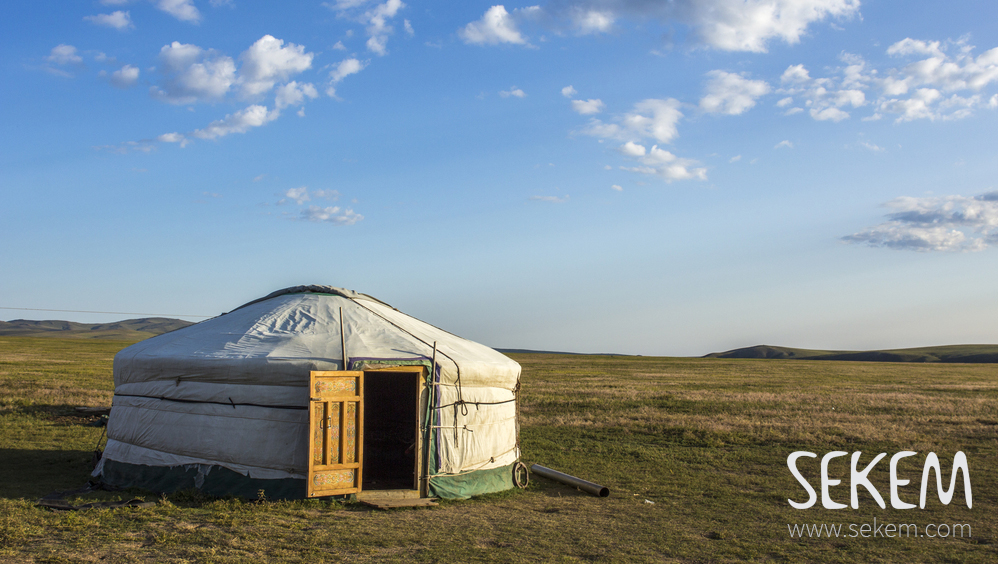Rolling grasslands dotted with horseback riders inhabiting tent villages, and at the same time vast, sand-filled deserts, steep dunes, and even camels crisscrossing the vast expanses as part of long caravans: Inner Mongolia not only boasts fascinating landscapes, but also broad cultural and ethnic variety.
Maximilian Abouleish-Boes, SEKEMs Chief Sustainable Development Officer is currently on its way from Cairo to the Kubuqi Desert of Inner Mongolia. “I am looking forward to experiencing this beautiful and little-known country”, he says.
Inner Mongolia, not to be confused with the country of Mongolia, is an autonomous region of the People’s Republic of China. Its area stretches along the northern edge of the country for more than one million square kilometres while only counting 24 million inhabitants. Hence, there is a lot of uninhabited space that is filled with grass plains, dense forests, and steep mountains in the east. The west of Inner Mongolia is hot and dry with several large deserts. Traditional Mongolian nomadic lifestyle has survived on the plains between its few big cities. The majority of the population in the region is Han Chinese and the official languages are Chinese and Mongolian.
Maximilian Abouleish-Boes is traveling to the Kubuqi Desert in Inner Mongolia, a desert situated at the Southern end of the Yellow River, the famous stream also known as the cradle of the Chinese people. He is going to represent SEKEM at the “5th Kubuqi International Desert Forum”, which deals with new approaches to combat desertification, land degradation and drought (DLDD).
Read more about the 5th Kubuqi International Desert Forum and Max’s journey here very soon.

